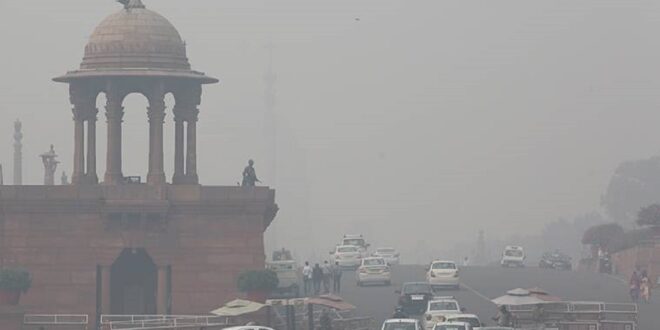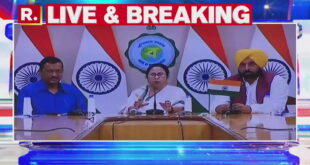Air pollution in Delhi has reached an all-time high, with some areas in the National Capital Region reporting “severe” air quality. According to the most recent forecast, it is expected to worsen and remain in the “very poor” category for the next three days, triggering health advisories.
At 4 p.m., the Air Quality Index in Anand Vihar, Delhi, was 455, making it one of the most polluted areas in the city.
At 5 p.m., the overall AQI in Delhi was 357, Ghaziabad 384, Noida 371, Greater Noida 364, and Faridabad 346.
Delhi and 34 Indian cities from Punjab to Uttar Pradesh and Bihar have very poor air quality.
An AQI of zero to 50 is considered ‘good,’ 51 to 100’satisfactory,’ 101 to 200’moderate,’ 201 to 300 ‘poor,’ 301 to 400’very poor,’ and 401 to 500’severe.’
According to experts, the deterioration in air quality is caused by the wind direction and speed, which is causing the accumulation of pollutants and increased farm fires.
The lowest pollution levels around Diwali were in 7 years, thanks to favorable weather conditions. The national capital’s air quality began to deteriorate on October 24, with the AQI dropping from ‘poor’ to very poor.’
Pollution levels rose on October 23 due to a drop in temperature and wind speed, as well as people lighting firecrackers and an increase in the number of farm fires.
Pollutants will continue to enter from Punjab and Haryana, and because the wind will be extremely calm, the pollutants will remain suspended for extended periods.
 India One News
India One News





